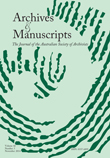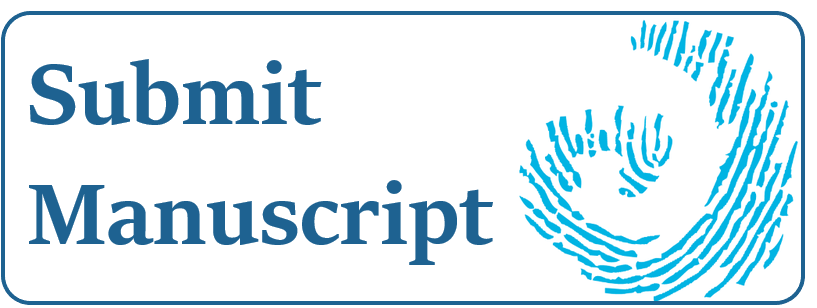Bathtub philology: Ezra Pound’s annotative realism
Abstract
Ezra Pound’s call to ‘Make It New’ spoke a sense of compositional immediacy to his literary contemporaries by way of an ancient motto: the inscription the ancient Shang Dynasty Emperor Ch’eng T’ang (1766–1753 BCE) made on the side of his bathtub and immortalised more than a thousand years later in the Confucian Da Xue (The Great Learning): 薪 日 日 薪 (xin ri ri xin). This is a timely phrase: Modernism Studies, like many areas of literary work, faces extraordinary challenges and opportunities in the digital shift taking place at the levels of textual studies, literary interpretation and literary theory. Pound’s call for a cultural rinascimento demands not only that writers learn from the fullest range of venerable sources and traditions in the course of literary experimentation, but also that their readers sharpen an awareness as to how material forms of inscription directly shape the identity and meaning of texts. This challenge cuts across recent work in textual and manuscript studies, particularly in the representation of complex Modernist texts and their manuscripts (for example the Samuel Beckett Digital Manuscript Project).
From 2022 (Volume 50) authors contributing to Archives & Manuscripts agree to publish their work under the terms of the Creative Commons Attribution-NonCommercial-NoDerivatives License), which permits non-commercial re-use, distribution, and reproduction in any medium, provided the original work is properly cited, and is not altered, transformed, or built upon in any way. Authors retain copyright of their work, with first publication rights granted to A&M.




